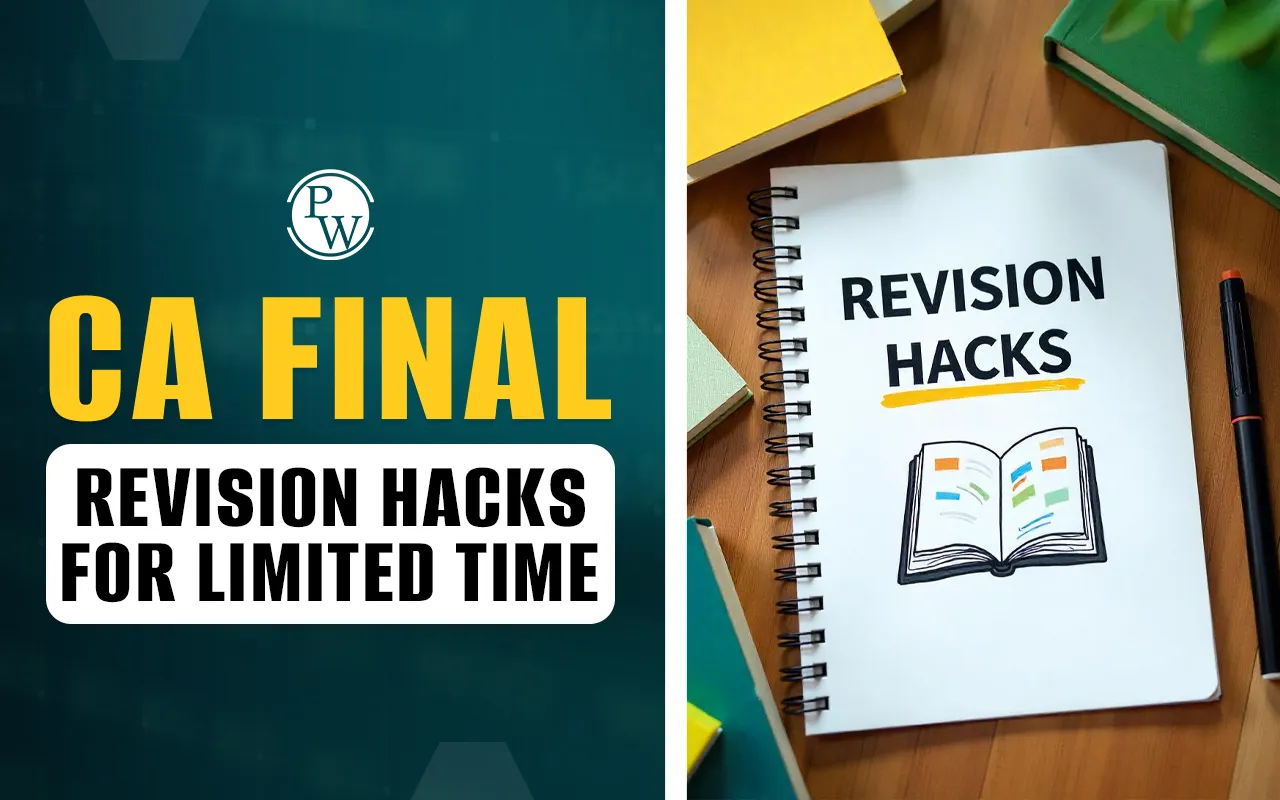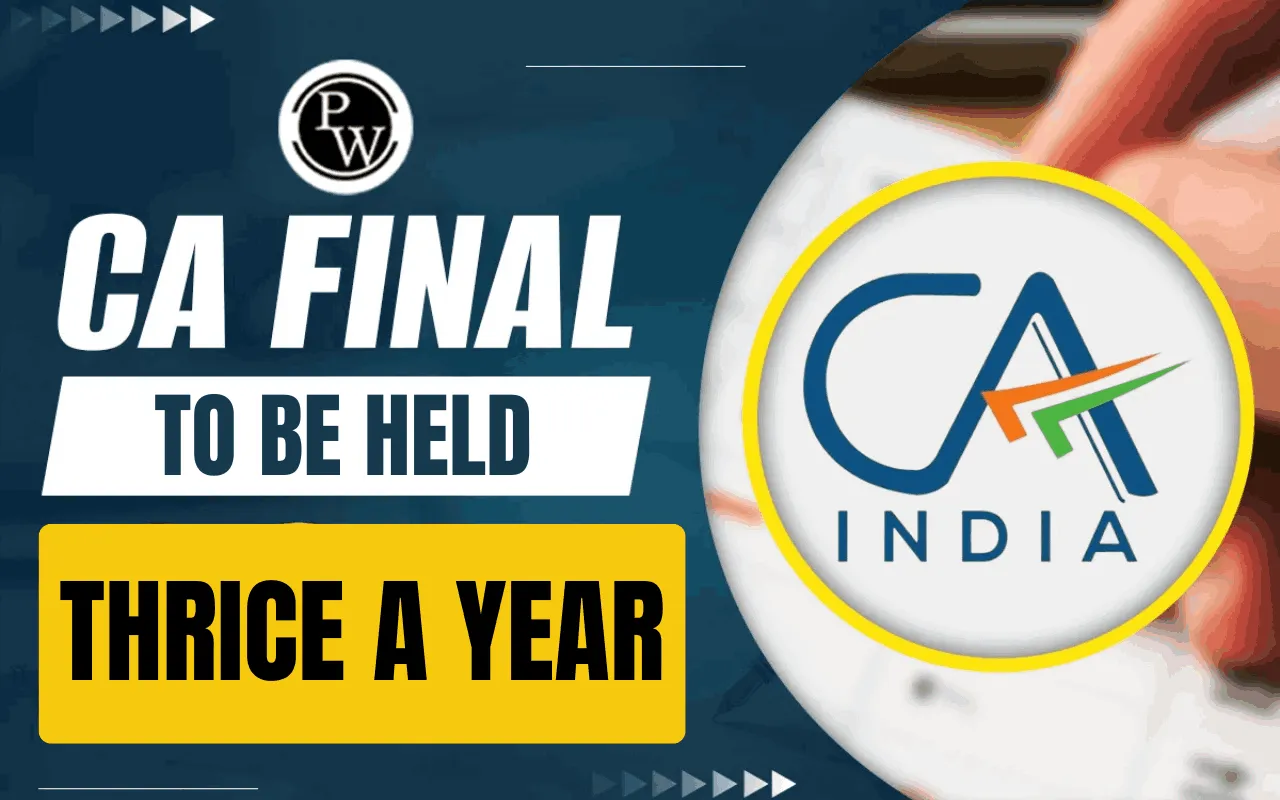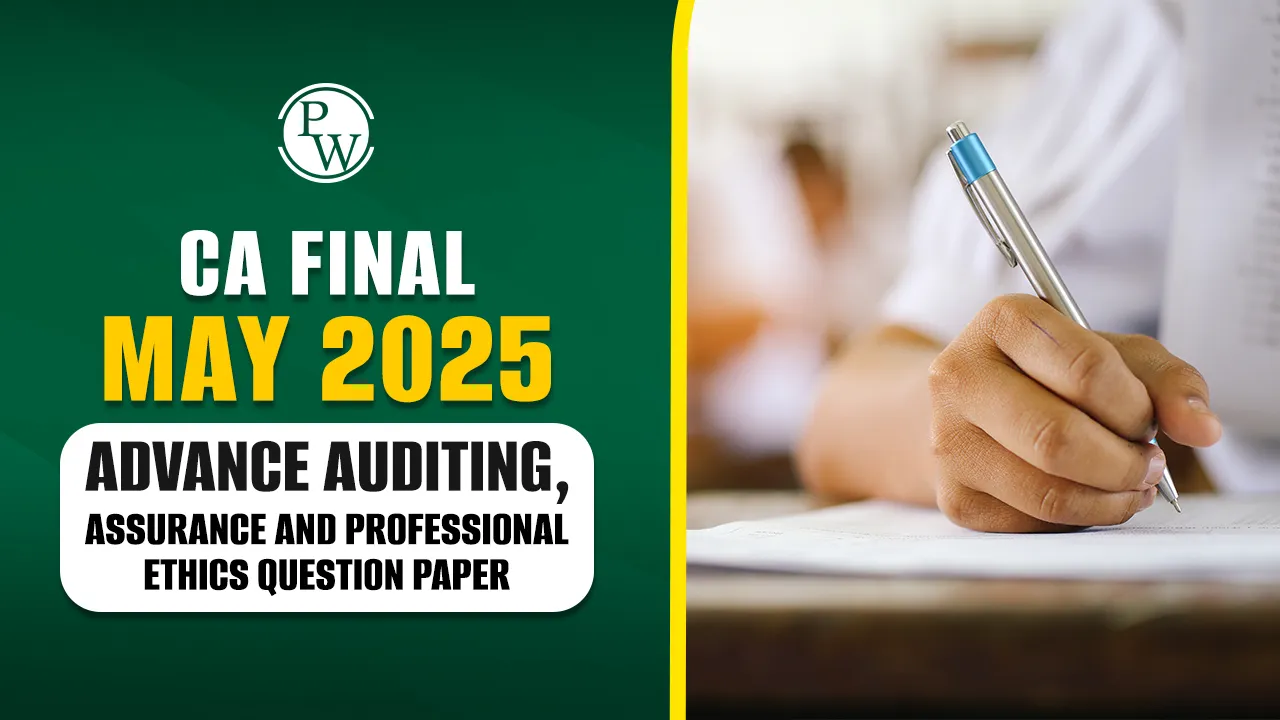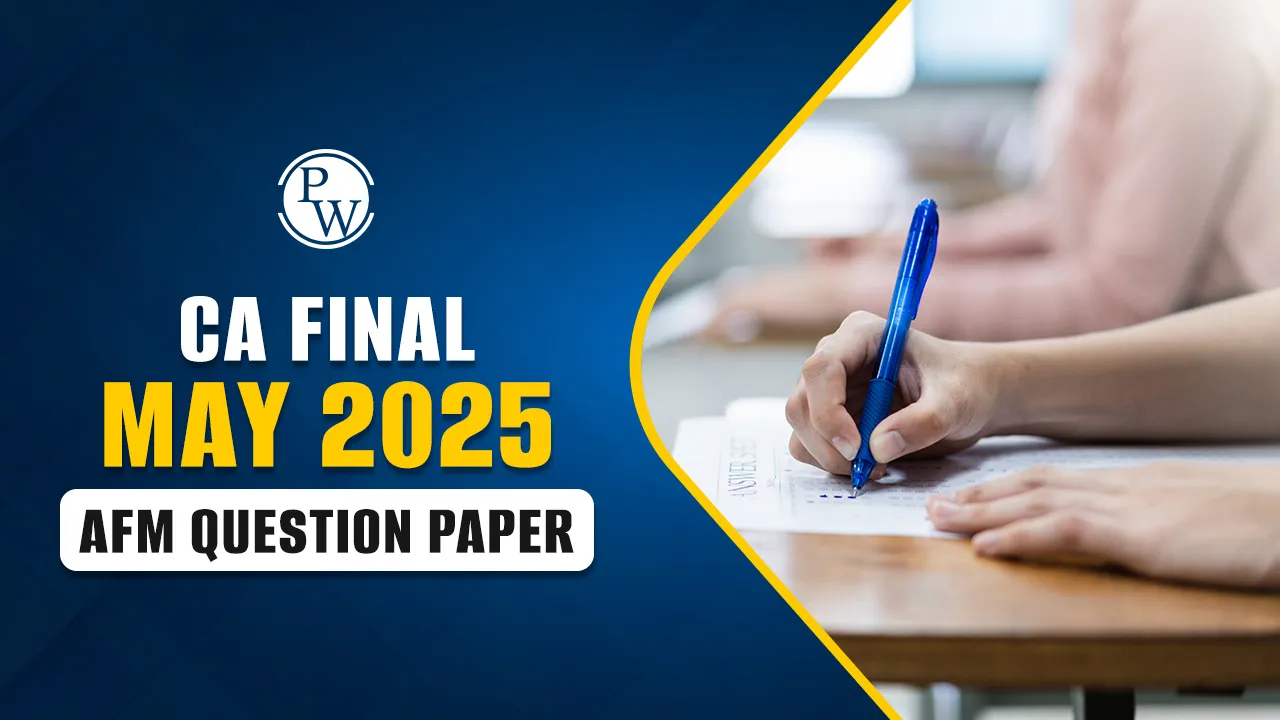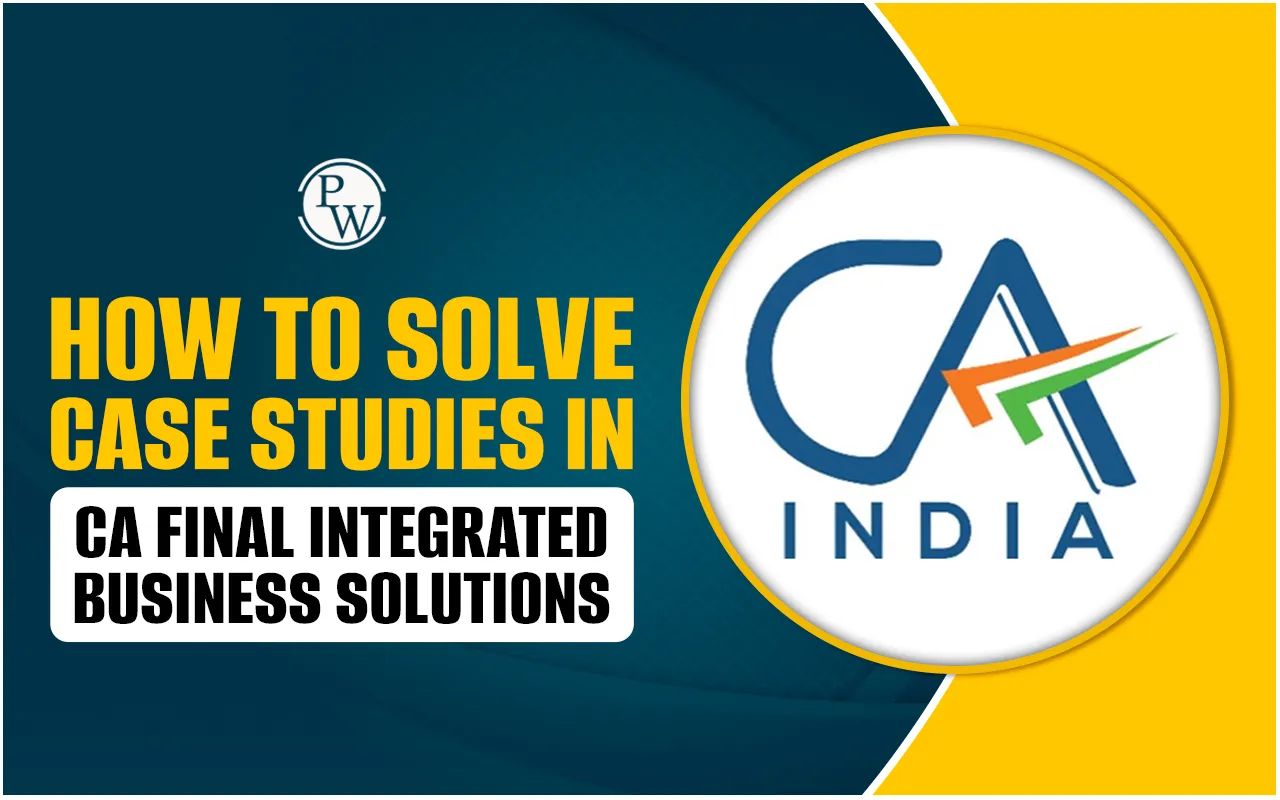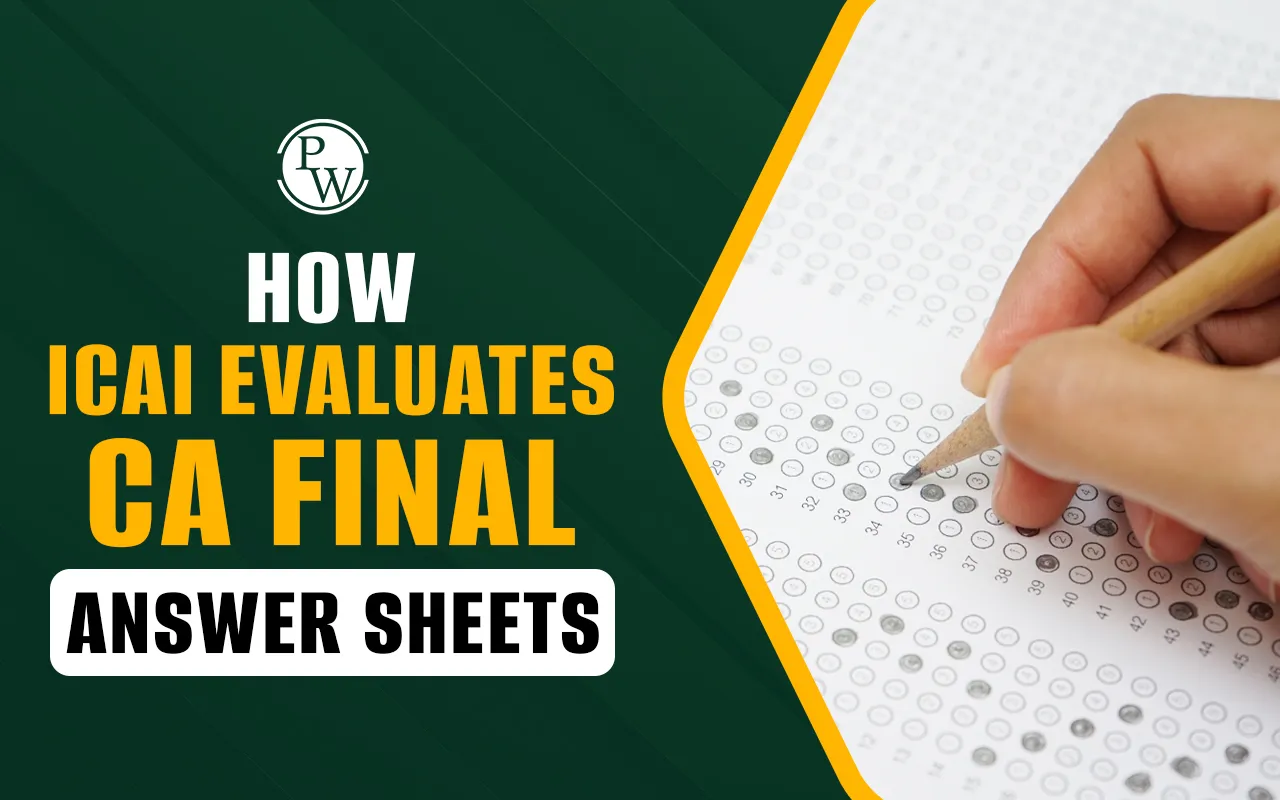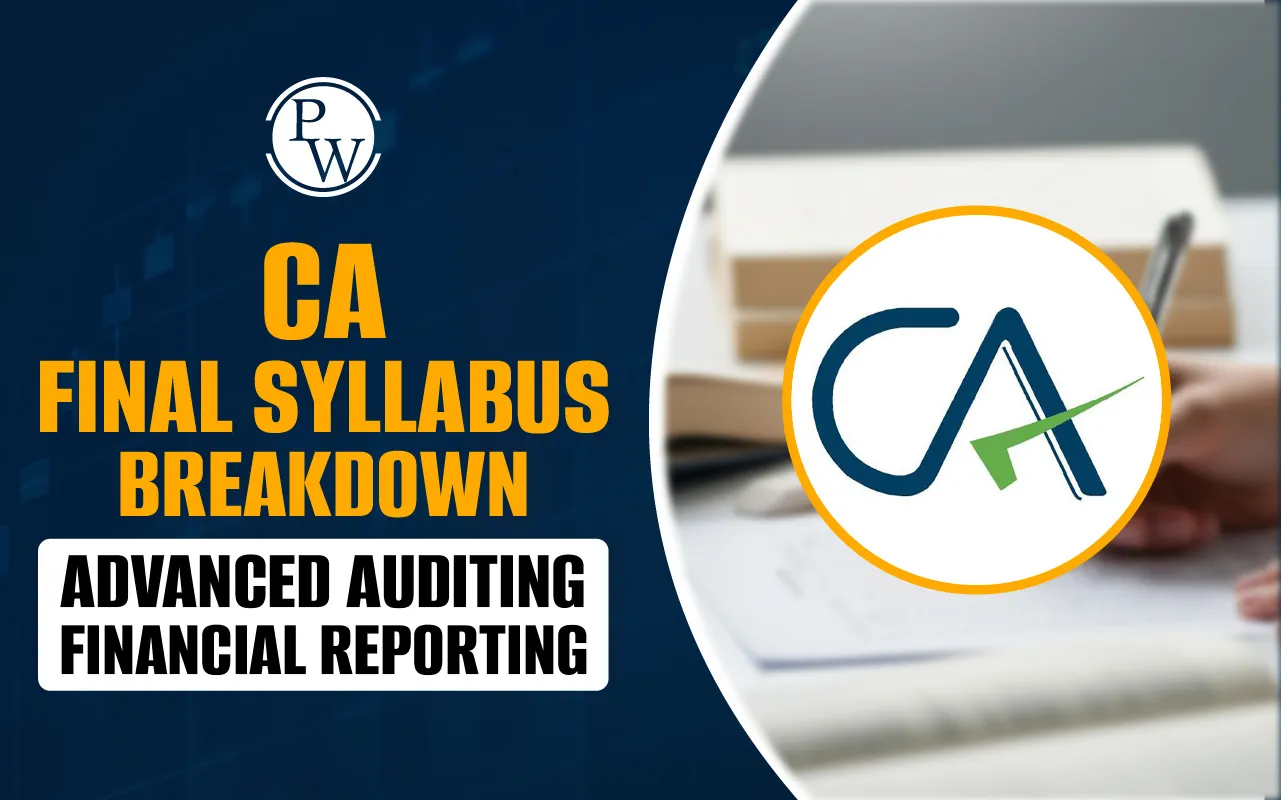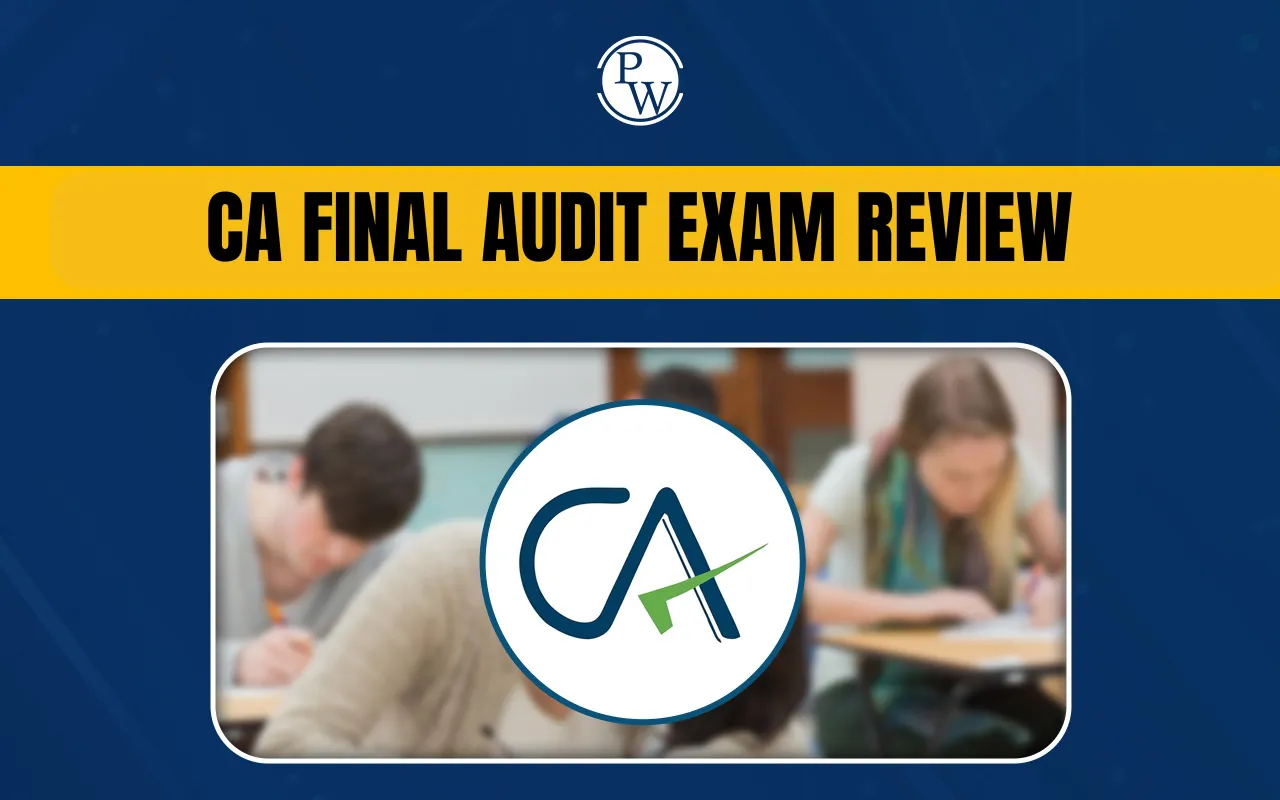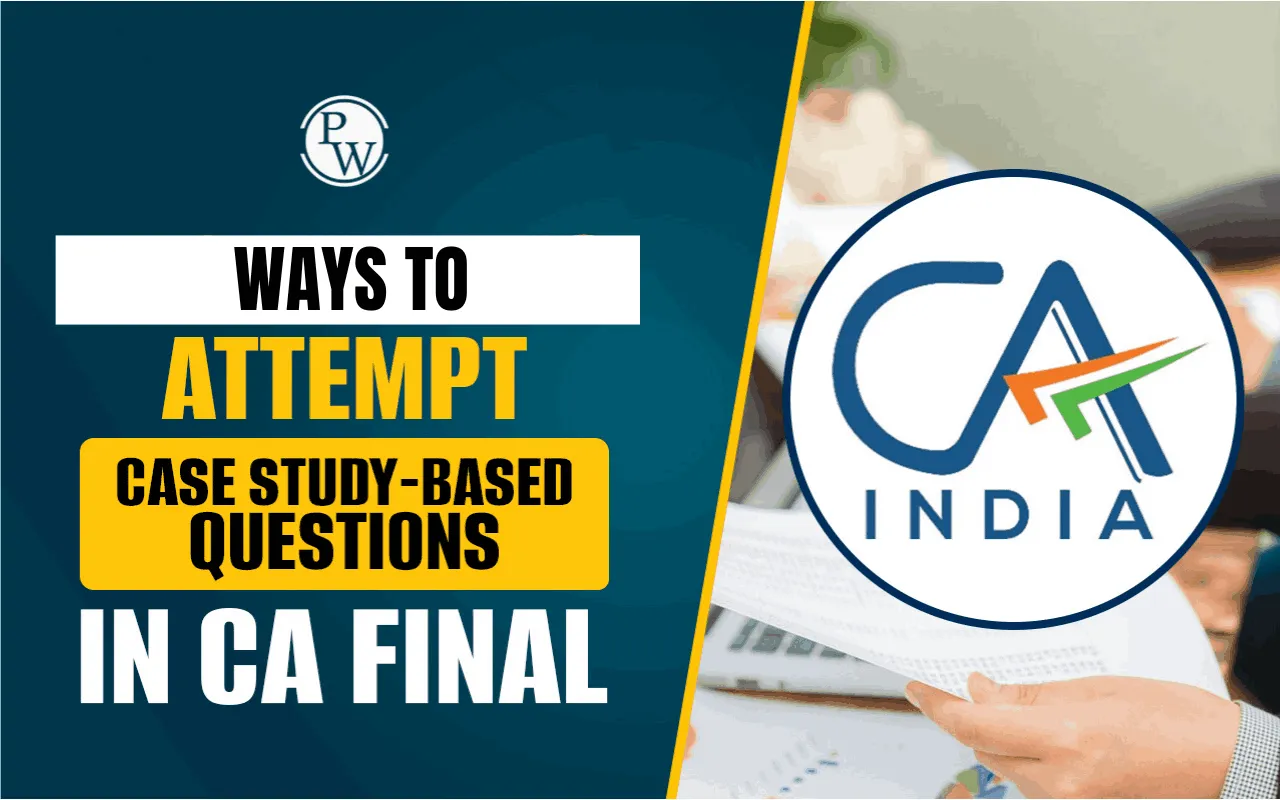
CA Final AFM Capital Budgeting: Capital budgeting is an important concept for decision-making in financial management. For students preparing for the CA Final AFM Capital Budgeting, mastering problem-solving skills is important. Below, we’ve explained complex problems in simple terms, using examples similar to those in the exam. It also covers methods like NPV, IRR, and risk analysis that are common in NPV IRR questions, and capital budgeting sums.
Understanding CA Final AFM Capital Budgeting
In CA Final AFM Capital Budgeting, students learn how to decide whether a project is worth investing in. This is done by comparing the costs of the project with the expected benefits over time. The main tools used include Net Present Value (NPV), Internal Rate of Return (IRR), Payback Period, and Profitability Index. These tools help in analysing whether a project will increase the company’s value. They also help in comparing multiple projects to choose the most profitable one.
Advanced Capital Budgeting Problems for CA Final AFM
Below, we’ve mentioned some CA Final AFM Capital Budgeting, including NPV IRR Questions, and Capital Budgeting Sums:
Problem Type 1
The cost of a project is ₹50,000, and it generates cash inflows of ₹20,000, ₹15,000, ₹25,000, and ₹10,000 over four years.
Required: Using the Present Value Index (PVI) method, appraise the profitability of the proposed investment, assuming a 10% rate of discount.
Solution: The first step is to calculate the present value and profitability index.
| Year | Cash Inflows (₹) | Present Value Factor @10% | Present Value (₹) |
| 1 | 20,000 | 0.909 | 18,180 |
| 2 | 15,000 | 0.826 | 12,390 |
| 3 | 25,000 | 0.751 | 18,775 |
| 4 | 10,000 | 0.683 | 6,830 |
| Total PV | - | - | 56,175 |
Total Present Value = ₹56,175
Less: Initial Outlay = ₹50,000
Net Present Value (NPV) = ₹6,175
Profitability Index (gross) = Present Value of Cash Inflows ÷ Initial Cash Outflow
= ₹56,175 ÷ ₹50,000 = 1.1235
Given that the Profitability Index (PI) is greater than 1.0, the proposal can be accepted.
Net Profitability Index (NPI) = NPV ÷ Initial Cash Outlay
= ₹6,175 ÷ ₹50,000 = 0.1235
Alternatively,
NPI = 1.1235 – 1 = 0.1235
Since the Net Profitability Index is positive, the project is considered profitable and can be accepted.
Problem Type 2
A company is considering whether to purchase a new machine. Machines A and B are available for ₹80,000 each. Earnings after taxation are as follows:
| Year | Machine A (₹) | Machine B (₹) |
| 1 | 24,000 | 8,000 |
| 2 | 32,000 | 24,000 |
| 3 | 40,000 | 32,000 |
| 4 | 24,000 | 48,000 |
| 5 | 16,000 | 32,000 |
Required: Evaluate the two alternatives using:
(a) Payback Method
(b) Rate of Return on Investment Method
(c) Net Present Value Method (discount rate 10%)
(a) Payback Method
Machine A:
-
First 2 years = ₹24,000 + ₹32,000 = ₹56,000
-
Remaining to recover = ₹80,000 – ₹56,000 = ₹24,000
-
From Year 3 = ₹40,000 inflow → ₹24,000/₹40,000 = 3/5 year = 7.2 months
Payback Period = 2 years 7.2 months (≈ 2.6 years)
Machine B:
-
First 3 years = ₹8,000 + ₹24,000 + ₹32,000 = ₹64,000
-
Remaining to recover = ₹80,000 – ₹64,000 = ₹16,000
-
From Year 4 = ₹48,000 inflow → ₹16,000/₹48,000 = 1/3 year = 4 months
Payback Period = 3 years 4 months (≈ 3.33 years)
Result: Machine A is preferred (shorter payback).
(b) Rate of Return on Investment Method (ROI)
| Particulars | Machine A | Machine B |
| Total Cash Flows | ₹1,36,000 | ₹1,44,000 |
| Average Annual Cash Flow | ₹27,200 | ₹28,800 |
| Annual Depreciation | ₹16,000 | ₹16,000 |
| Annual Net Savings | ₹11,200 | ₹12,800 |
| Average Investment | ₹40,000 | ₹40,000 |
| ROI (%) | 28% | 32% |
Result: Machine B is preferred (higher ROI).
(c) Net Present Value Method (NPV)
| Year | Discount Factor @10% | Machine A Cash Flow (₹) | Machine A PV (₹) | Machine B Cash Flow (₹) | Machine B PV (₹) |
| 1 | 0.909 | 24,000 | 21,816 | 8,000 | 7,272 |
| 2 | 0.826 | 32,000 | 26,432 | 24,000 | 19,824 |
| 3 | 0.751 | 40,000 | 30,040 | 32,000 | 24,032 |
| 4 | 0.683 | 24,000 | 16,392 | 48,000 | 32,784 |
| 5 | 0.621 | 16,000 | 9,936 | 32,000 | 19,872 |
| Total | - | ₹1,36,000 | ₹1,04,616 | ₹1,44,000 | ₹1,03,784 |
Net Present Value:
-
Machine A = ₹1,04,616 – ₹80,000 = ₹24,616
-
Machine B = ₹1,03,784 – ₹80,000 = ₹23,784
Result: Machine A is preferred (higher NPV).
Final Conclusion:
-
Payback Method → Machine A
-
ROI Method → Machine B
-
NPV Method → Machine A
This shows that different evaluation methods can give different choices, which is an important point for CA Final AFM capital budgeting sums.
Problem Type 3
At the beginning of 2024, a business enterprise is trying to decide between two potential investments.
Required: Assuming a required rate of return of 10% p.a., evaluate the investment proposals under:
(a) Return on Investment
(b) Payback Period
(c) Discounted Payback Period
(d) Profitability Index
The forecast details are given below:
| Particulars | Proposal A | Proposal B |
| Cost of Investment | ₹20,000 | ₹28,000 |
| Life | 4 years | 5 years |
| Scrap Value | Nil | Nil |
| Net Income (After Depreciation and Tax) | ||
| End of 2024 | ₹500 | Nil |
| End of 2025 | ₹2,000 | ₹3,400 |
| End of 2026 | ₹3,500 | ₹3,400 |
| End of 2027 | ₹2,500 | ₹3,400 |
| End of 2028 | Nil | ₹3,400 |
It is estimated that each of the alternative projects will require an additional working capital of ₹2,000, which will be recovered in full after the end of each project.
Depreciation is provided using the straight-line method.
Present value of ₹1 at 10% p.a.:
| Year | 1 | 2 | 3 | 4 | 5 |
| PV | 0.91 | 0.83 | 0.75 | 0.68 | 0.62 |
Solution
Step 1: Calculation of Cash Inflows
| Year | Net Income (₹) | Depreciation (₹) | Cash Inflow (₹) | Net Income (₹) | Depreciation (₹) | Cash Inflow (₹) |
| Proposal A | Proposal B | |||||
| 2024 | 500 | 5,000 | 5,500 | Nil | 5,600 | 5,600 |
| 2025 | 2,000 | 5,000 | 7,000 | 3,400 | 5,600 | 9,000 |
| 2026 | 3,500 | 5,000 | 8,500 | 3,400 | 5,600 | 9,000 |
| 2027 | 2,500 | 5,000 | 7,500 | 3,400 | 5,600 | 9,000 |
| 2028 | Nil | Nil | Nil | 3,400 | 5,600 | 9,000 |
| Total | 8,500 | 20,000 | 28,500 | 13,600 | 28,000 | 41,600 |
(a) Return on Investment (ROI)
| Particulars | Proposal A | Proposal B |
| Initial Investment + WC | ₹20,000 + ₹2,000 = ₹22,000 | ₹28,000 + ₹2,000 = ₹30,000 |
| Life (years) | 4 | 5 |
| Total Net Income | ₹8,500 | ₹13,600 |
| Average Annual Return | ₹8,500 ÷ 4 = ₹2,125 | ₹13,600 ÷ 5 = ₹2,720 |
| Average Investment | (₹22,000 + ₹2,000) ÷ 2 = ₹12,000 | (₹30,000 + ₹2,000) ÷ 2 = ₹16,000 |
| ROI (%) | (₹2,125 / ₹12,000) × 100 = 17.7% | (₹2,720 / ₹16,000) × 100 = 17% |
Result: Proposal A gives a slightly higher ROI.
(b) Payback Period
Proposal A:
-
2024: ₹5,500 → Remaining ₹14,500
-
2025: ₹7,000 → Remaining ₹7,500
-
2026: ₹7,500 → Exactly recovers balance → 2.9 years
Proposal B:
-
2024: ₹5,600 → Remaining ₹22,400
-
2025: ₹9,000 → Remaining ₹13,400
-
2026: ₹9,000 → Remaining ₹4,400
-
2027: ₹4,400 / ₹9,000 = 0.5 year → Total 3.5 years
(c) Discounted Payback Period
Proposal A:
| Year | Cash Inflow (₹) | PV Factor | PV (₹) |
| 2024 | 5,500 | 0.91 | 5,005 |
| 2025 | 7,000 | 0.83 | 5,810 |
| 2026 | 8,500 | 0.75 | 6,375 |
| 2027 | 7,500 | 0.68 | 5,100 |
Recovery of ₹20,000 happens in 3.5 years.
Proposal B:
| Year | Cash Inflow (₹) | PV Factor | PV (₹) |
| 2024 | 5,600 | 0.91 | 5,096 |
| 2025 | 9,000 | 0.83 | 7,470 |
| 2026 | 9,000 | 0.75 | 6,750 |
| 2027 | 9,000 | 0.68 | 6,120 |
| 2028 | 9,000 | 0.62 | 5,580 |
Recovery of ₹28,000 happens in 4.4 years.
(d) Profitability Index Method
| Particulars | Proposal A | Proposal B |
| PV of Inflows | ₹22,290 | ₹31,016 |
| Initial Outlay | ₹20,000 | ₹28,000 |
| Gross PI | (₹22,290 ÷ ₹20,000) × 100 = 111.45% | (₹31,016 ÷ ₹28,000) × 100 = 111.08% |
| Net PI | ((₹22,290 – ₹20,000) ÷ ₹20,000) × 100 = 11.45% | ((₹31,016 – ₹28,000) ÷ ₹28,000) × 100 = 10.8% |
Final Conclusion:
-
ROI → Proposal A preferred
-
Payback → Proposal A preferred (faster recovery)
-
Discounted Payback → Proposal A preferred
-
Profitability Index → Proposal A preferred
Overall, Proposal A is financially more attractive.
How to Approach CA Final AFM Capital Budgeting Problems
Before solving, it is important to have a clear plan so that each step is accurate and efficient. Below, we’ve mentioned an approach for students on how they can solve CA Final AFM Capital Budgeting Problems
Read the question carefully: Students should check if cash flows are even or uneven, and note down all the given data, such as investment amount, discount rate, and scrap value.
Identify the method: Students should decide whether the problem requires NPV, IRR, Payback, PI, or Risk Analysis, and consider if more than one method is to be applied.
Apply the right formula: Write down the formula clearly before substituting values, and solve step-by-step to avoid mistakes, especially when discounting cash flows.
Interpret the result: Explain what the result means in the context of the project, and always state clearly whether it should be accepted, rejected, or compared with other options.
CA Final AFM Capital Budgeting is not just about formulas; it is about making logical investment decisions based on calculations. By practising NPV IRR questions and capital budgeting sums, students can strengthen their ability to analyse real-life investment scenarios. Adding risk analysis to the study plan will make preparation even stronger for the exam.
Advanced Capital Budgeting Problems FAQs
What is the importance of CA Final AFM Capital Budgeting in exams?
How are NPV IRR questions different from simple payback method problems?
Why is risk analysis included in capital budgeting sums?
Can two projects with the same cost have different NPVs?
Which method is most reliable for project selection?

